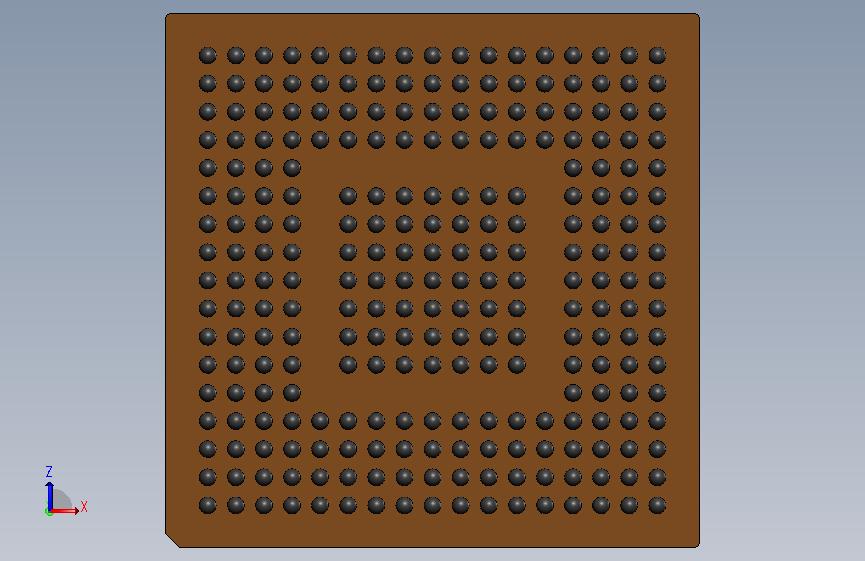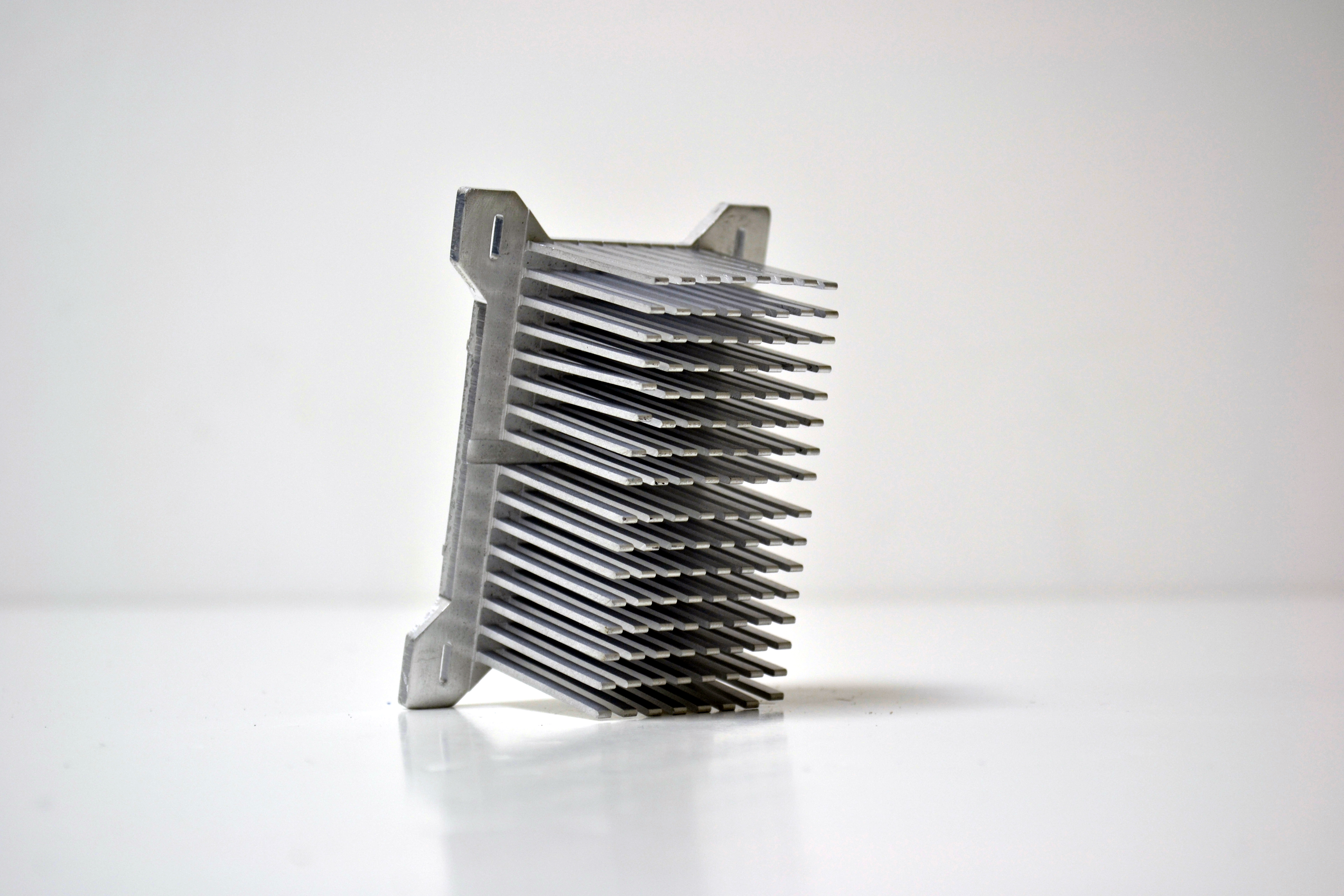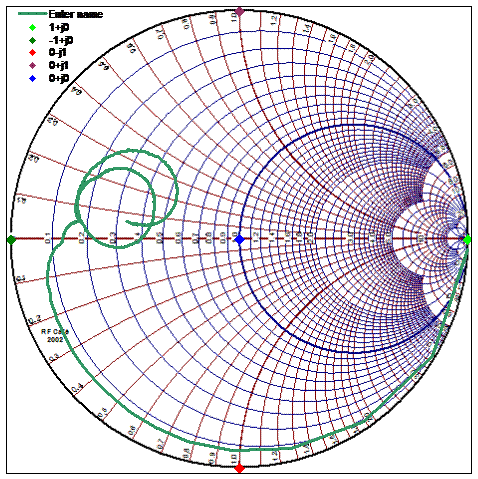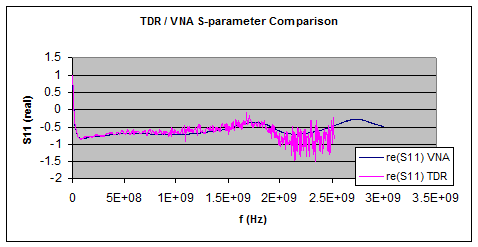Design Capability
Design expertise comes from being in the
'trenches' of real-world packaging problems and solutions. Technology
packaging requires many disciplines to achieve the proper form, function
and reliability for the application. Complex devices require unique
solutions for packaging while minimizing cost and development time.
Design considerations include an array of choices for materials,
processes and qualification that can be simplified with the help of our
experience and tools. Design tools are available for literally all
package types including leadframe, QFN, BGA, organic and hermetics.
Auto-layout and wire bond routing in 3D is available for single and
multi- or stacked-chip designs. Full 3D modeling and simulation,
parameter extraction and thermo-mechanical analysis support during the
design phase.
End-to End Design Flow
Feasibility
Initially, data is collected on the device, application environment,
performance requirements and qualification level. Desired
characteristics such as cost, geometry and schedule are captured along
with the customers vision of the final product. When a clear
understanding of the entire application is gained, design options are
discussed with suggestions on materials, form-factor, assembly options,
suppliers, cost and timeline. Short and long-term goals are stated and
technical milestones are defined.
0th Order Design
With the information provided by the customer, design options are
presented. Input includes schematics, netlists, chip xy plots and
dimensions and other pertinent data. From these options, the best fit for the product is
determined. Basic performance is estimated for the assembly and problem
areas are defined. Critical performance parameters are defined and
options for modeling and characterization are discussed. Assembly
processes and materials are recommended. After reviewing the design
options the customer chooses a design path with the desired
characteristics and acceptable tradeoffs. The extent of performance
characterization and modeling is agreed upon and the initial design
decisions are documented.
1st Order Design
In this phase of the project the design is further developed and the
first producible design is generated in concert with customer
engineering. Models, characterizations and reliability predictions are
generated and the results are reviewed and approved. Materials suppliers
and assembly services are selected based on the customer needs keeping
transition to production in mind. Initial process parameters are
defined. Cost models are developed and target costs for prototype and
production are developed. RFQ are generated and prototype houses are
reviewed for capability and history. Production partners are reviewed.
Prototype Phase
Once the assembly provider is selected, quotes are in and budgets are
established and approved, work begins with prototype assembly. Lot sizes
are determined based on reliability and test requirements. All bond
diagrams, routing, package mechanical drawings and assembly
specifications required by the assembly supplier are generated and
reviewed for accuracy and completeness. Materials are ordered and and
timelines are set for first articles.
Test and Reliability Phase
When the first articles are complete, the lots are broken out into the
reliability and test operations. Minimum sample quantities are tested to
determine performance characteristics and reliability behavior. Based on
the results of these tests, any problem areas are approached and
solutions are discussed. At some point during the reliability tests the
risk for failure is assessed and plans for the final design can be
completed.
Final Design Phase
Once all of the performance, cost, reliability and supplier issues are
fixed the final design review is held. Upon approval detailed first
production quantities and expected yield are determined and refined cost
models are presented. All processes are documented and signed off.
Package drawings, customer part numbers, model and test results and all
other required documentation and qualification specifications are
checked and approved. During this time, selected production partners are
audited and on-site inspections are carried out where needed. The
production partner is selected.
Production Phase
The transfer team personnel have been selected and production dates and
quantities are set. The engineering resources, documentation package,
supply chains and production schedules are fixed. The transition team
works at the production site to transfer the process, observe working
practices, collect failure data and samples for analysis, and approve
the production process at the selected facility
Design Tools
Package Science Services has a wide array of tools for design
Thermal Characterization and
Modeling
Thermal
modeling tools
Complete thermal and
electrical characterization labs.
_100-QFP-0041-R0.png)




